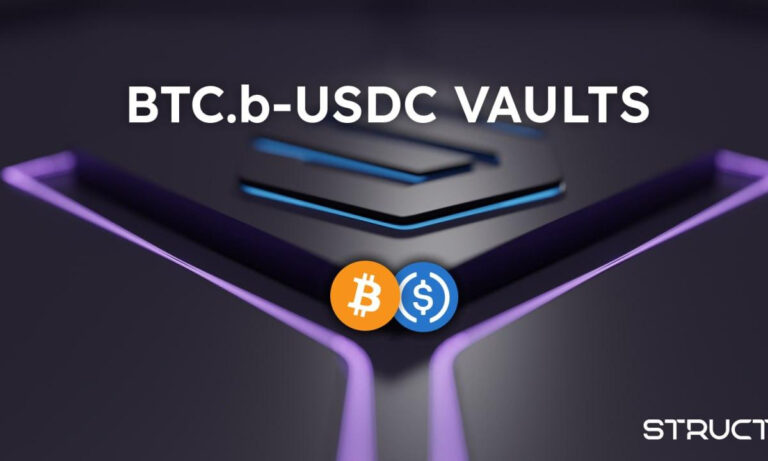Why Pi Coin Might Crash After Its Pi Network Mainnet Debut – 3 Key Risks
More from the Author vivian
Pi Coin faces a potential crash after its mainnet launch due to early miners cashing out, the historical trend of airdropped cryptocurrencies declining, and the lack of strong real-world utility.
Without sustained demand and ecosystem growth, its value may plummet once trading begins.
The long-awaited Pi Network mainnet launch is set for February 20, 2025, at 8:00 AM UTC. Millions of users who have been mining Pi Coin on their smartphones are eager to see what the future holds. However, despite the excitement, concerns are rising about the possibility of a crash once the coin enters the open market. Here are three key reasons why Pi Coin may face a steep decline after its launch.
1. Early Miners Cashing Out
The earliest adopters of Pi Coin have been accumulating their holdings for over five years. Now that the mainnet is finally going live, many of these early miners might see this as their golden opportunity to sell and secure profits. If a significant portion of them decide to offload their holdings at once, the market could be flooded with Pi Coin, driving down its value rapidly.
Since these early adopters have mined Pi Coin for free, even a modest market price could be lucrative for them. This rush to cash out may trigger panic selling, further accelerating a potential price collapse.
2. The Airdrop Effect
History has not been kind to cryptocurrencies launched via airdrops. Many such projects have seen their value crash shortly after trading begins, as recipients rush to sell off their free tokens. Pi Coin, distributed in a somewhat similar fashion, is at risk of facing the same fate.
When Pi finally becomes tradable on exchanges, a significant number of holders may liquidate their coins to secure instant profit. Without strong buying pressure to counterbalance the selling, the price could plummet, leaving later investors with depreciating assets.
3. Limited Real-World Use Cases
A strong cryptocurrency needs real-world utility to sustain its value. Unfortunately, Pi Coin currently lacks a well-developed ecosystem that would create demand beyond speculative trading. While there are some decentralized applications (dApps) being developed, their adoption is still limited, and most users remain unaware of them.
Without solid use cases or strong partnerships that drive real demand, Pi Coin risks becoming just another speculative asset with no long-term value. If the network fails to establish itself as more than just a peer-to-peer transaction platform, investors may quickly lose confidence, leading to a further decline in price.
Conclusion: Boom or Bust?
While Pi Coin’s launch marks an exciting milestone, its real test begins once it enters the market. If the Pi Network can build a sustainable ecosystem with strong demand, it has a chance to succeed. However, if early miners dump their holdings, airdrop history repeats itself, and real-world adoption remains low, a price crash could be inevitable.
As always, investors should conduct thorough research before engaging with any cryptocurrency. The crypto market is volatile, and only time will reveal whether Pi Coin will rise or fall after its highly anticipated launch.
The post Why Pi Coin Might Crash After Its Pi Network Mainnet Debut – 3 Key Risks appeared first on Crypto News Focus.








